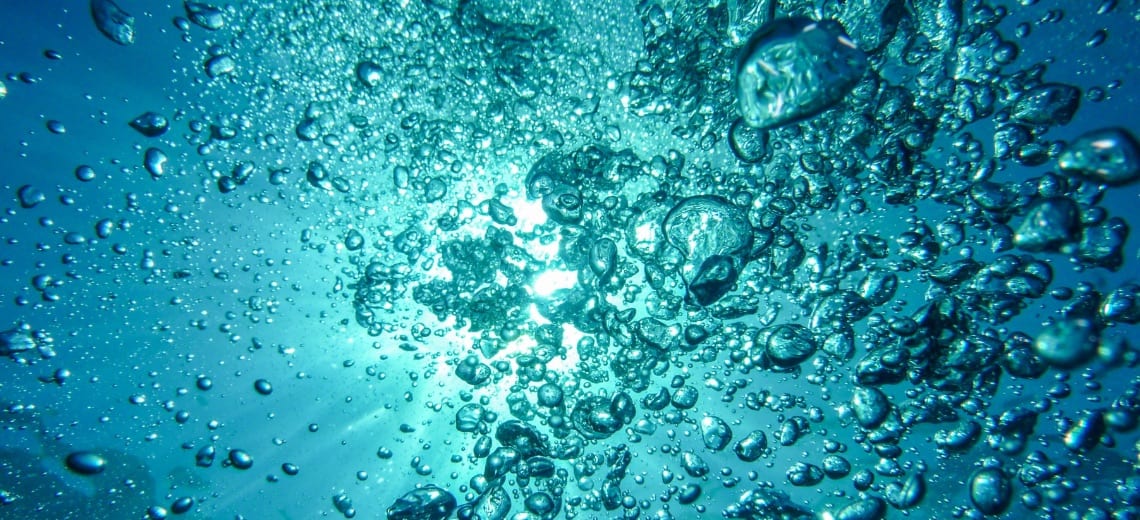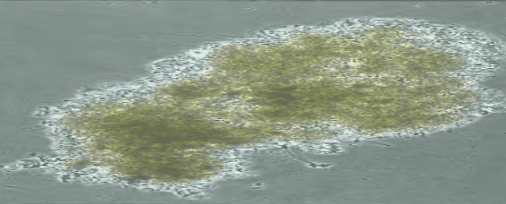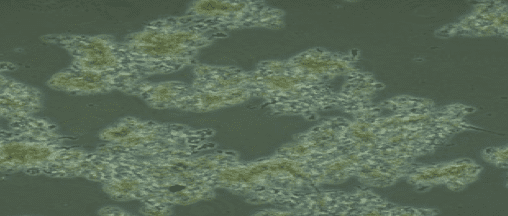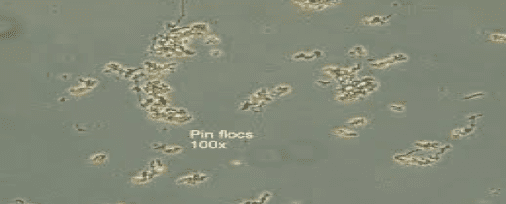Want a Healthy & Safe Treatment Plant? Start by Checking These 3 Essentials
Thank you to Jacob Stewart from Ramboll for letting us reproduce his thoughts for the below article. Across America there are over 14,500 Publicly Owned… read more
Jun 22, 2020
# of Minutes to Read

Thank you to Jacob Stewart from Ramboll for letting us reproduce his thoughts for the below article.
Across America there are over 14,500 Publicly Owned Treatment Works (POTWs), also known as wastewater treatment plants (WWTPs). Each one is essential for protecting both the environment and our health.
These treatment plants – and the Plant Managers, Wastewater Directors, and Operators within them – are responsible for effectively and safely treating wastewater. And ensuring that any water discharged into the environment doesn’t contaminate it.
If you’re responsible for a treatment plant it’s important to regularly check the health and efficiency of it, and you can do this by analyzing your suspended growth systems.
What are suspended growth treatment systems?
This is a treatment process that sees microorganisms and bacteria suspended in wastewater. The waste then flows around the suspended growths, with the microorganisms converting any organic matter, and other constituents in the wastewater, into gases and cell tissue.
Within any treatment plant, Plant Managers are trying to maintain a healthy balance of bacteria. ‘Good’ bacteria treats the waste efficiently and safely. ‘Bad’ bacteria can affect the running of the plant and contaminate the environment if discharged.
There are a number of ways to check whether this balance is maintained, with digital technologies such as sensors – and the data they create – on the rise (read more on this here).
When it comes to suspended growth systems, samples of them should be analyzed under the microscope for three things: floc characteristics, higher life form content, and filamentous bacteria.
The first essential to check: floc characteristics
Wastewater goes through a clarifier treatment process (read a full breakdown of this process is here). Maintaining healthy bacteria levels throughout this process will lead to the natural formation of flocs that settle.
In order to get flocs that settle more easily, inorganic salts (such as aluminium or iron) are added to the wastewater. This neutralizes charged particles and destabilizes suspended solids, allowing flocculation to occur.
The neutralized particles can then collide and come together to form larger particles, also known as an agglomeration or ‘floc’.
Floc sizes vary from plant to plant. However, medium-sized flocs with a compact structure are usually a positive sign of a healthy system. You want yours to be 150 um to 500 um in diameter, look fairly round in shape, and have centers that are often darker in color.

Flocs under 150 um in diameter are called pin flocs. These small and weak flocs consist of floc-forming bacteria without a filament backbone. They are associated with longer sludge ages and can sometimes lead to issues with high total suspended solids (TSS) in secondary effluents. These small flocs will float in the clarifier and create a more turbid effluent. In order to reduce the chance of this happening you should reduce the sludge age.
You also want to avoid flocs above 500 um in diameter which may be caused by high filament concentrations either inside of, or between, flocs.

The second essential to check: higher life form content
To determine the health and age of the system, you need to record the number and types of higher life forms in it. An average of 10 fields is used to determine this.
Higher life form content is always a welcome sight. Its presence means influent wastes are not toxic, no matter what the distribution of flagellates, ciliates, rotifers, or even worms and tardigrades looks like. Its absence may indicate something toxic has come into the plant, as higher life form will die off before floc bacteria.
Which life forms predominate, correlate well with the sludge age of the plant…
A large number of flagellates, known as a “bloom”, indicates a young sludge age and/or biomass that is recovering from a toxic load. Conversely, many rotifers, worms, or other more complex organisms indicate an old sludge age.
Sludge that is either too young or old will present as dispersed growth, and straggler floc (young) and pin floc (old). Both of these can present settling and TSS issues.

The third essential to check: filamentous bacteria
Filaments are bacteria and fungi that can be both positive and negative. Positively, they can add stability to the floc structure. Negatively, they can cause foaming and bulking.
SIDE NOTE: a number of new AI technologies can identify filament upsets to detect and avoid issues. You can read more about them here.
Filamentous bacteria are present in almost all flocs and even help form a backbone on which larger flocs can coalesce.
However, when filaments run rampant, flocs can grow into diffused, poorly settling masses. These will be groups of otherwise normal flocs, bridged by filaments, extending from the surface of the flocs, or diffuse flocs, with an open structure from the filamentous “skeleton.”
Both conditions – floc bridging, and open and diffused floc structure – can lead to bulking sludges that will never settle properly.

Filaments can also cause persistent foaming that is thick and difficult to eliminate. Thankfully there are only two major culprits of this condition and they are distinct when viewed under the microscope.
The first is the tiny, branched nocardia including the genus gordonia with various species (notably g. Amarae). The second is the thin, tangled curls of microthrix: species m. Parvicella.
The future of wastewater testing
Understanding and checking these three essentials is an important part of Plant Managers, Wastewater Directors and Wastewater Operators knowing exactly what’s going on inside their wastewater treatment plant.
To help them, at opseyes we’ve created an AI-powered testing platform which allows any WWTP to check the quality of their wastewater with just one photo, and get results in ten minutes.
What to learn more about it? Get in touch today.